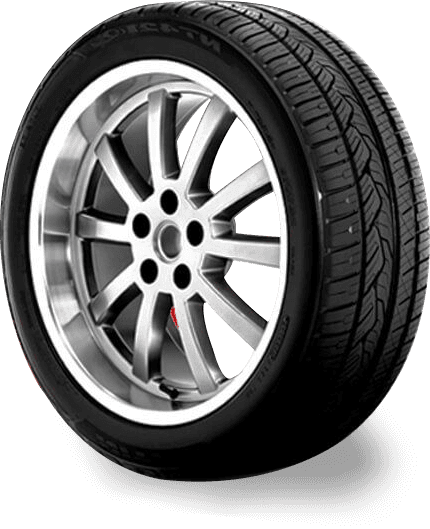
Nov . 05, 2024 10:33
Back to list
صمام الإغلاق
Understanding Shut-Off Valves Their Importance and Functionality
Shut-off valves are crucial components in a wide array of industrial and residential applications. These valves, as the name suggests, are designed to completely stop the flow of a fluid, be it liquid or gas, in a piping system. Their importance cannot be overstated, as they play vital roles in safety, maintenance, and efficiency in various systems, from heating and plumbing to oil and gas pipelines.
Definition and Types
A shut-off valve is a device that can be used to control the flow of a fluid through pipes. When closed, it prevents any fluid from passing through, thereby isolating a section of the system. There are several types of shut-off valves, including ball valves, gate valves, globe valves, and butterfly valves, each serving specific applications based on their design and functionality.
1. Ball Valves These valves utilize a spherical disc to control flow. They are known for their durability and quick operation, allowing for complete closure in just a quarter turn. Ball valves are often used in applications requiring tight sealing and minimal flow resistance.
2. Gate Valves Gate valves operate by raising or lowering a metal gate within the valve body. They are typically used for on/off control and are most effective when fully open or closed. However, they are not ideal for throttling purposes as they can create significant pressure drops.
3. Globe Valves Globe valves feature a spherical body shape and are designed for regulating flow. They provide a throttling capability, making them suitable for applications where flow needs to be adjusted frequently.
4. Butterfly Valves Characterized by a rotating disc, butterfly valves are lightweight and efficient in controlling flow. They are often found in large-scale operations like water treatment and are favored for their low cost and space-saving design.
Importance of Shut-Off Valves
.
- Safety Shut-off valves are essential for ensuring safety in many environments. In industries dealing with hazardous materials, these valves allow for quick isolation of sections during emergencies or maintenance, reducing the risk of leaks and spills.
صمام الإغلاق

- Maintenance Regular maintenance of piping systems is vital for their longevity and efficiency. Shut-off valves enable technicians to isolate sections of a system for repair without having to shut down the entire operation, minimizing downtime and production loss.
- System Control In residential plumbing, shut-off valves allow homeowners to manage water flow to different fixtures and areas of their homes. This control is essential for repairs, such as fixing a leaky faucet without flooding the house.
- Fluid Management In industrial settings, shut-off valves regulate fluid transfer processes, ensuring that systems operate efficiently. They can prevent backflow and facilitate the steady supply of critical resources.
Choosing the Right Shut-Off Valve
When selecting a shut-off valve, several factors should be considered
- Fluid Type The nature of the fluid (e.g., water, oil, gas) and its properties (temperature, pressure, chemical composition) will dictate the choice of valve material and design.
- Application Requirements Understanding the specific application is crucial. For example, if the valve is for a steam line, a valve capable of handling high temperatures is necessary.
- Installation Space The available space for installation may influence the choice between different valve types. Some valves, like butterfly valves, are more compact and suitable for tight spaces.
- Budget and Costing While functionality is paramount, cost also plays a significant role. It’s essential to balance quality and price while ensuring the selected valve meets operational requirements.
Conclusion
In summary, shut-off valves are vital components that contribute to the safety, efficiency, and maintainability of fluid systems. Whether in industrial applications or residential plumbing, understanding the types, functions, and importance of these valves can lead to better system management and prevent potential hazards. As technology advances, the innovation in shut-off valve designs will continue to enhance their performance and application, making them indispensable in our daily lives and industrial processes.
Next:
Latest news
-
Safety Valve Spring-Loaded Design Overpressure ProtectionNewsJul.25,2025
-
Precision Voltage Regulator AC5 Accuracy Grade PerformanceNewsJul.25,2025
-
Natural Gas Pressure Regulating Skid Industrial Pipeline ApplicationsNewsJul.25,2025
-
Natural Gas Filter Stainless Steel Mesh Element DesignNewsJul.25,2025
-
Gas Pressure Regulator Valve Direct-Acting Spring-Loaded DesignNewsJul.25,2025
-
Decompression Equipment Multi-Stage Heat Exchange System DesignNewsJul.25,2025

